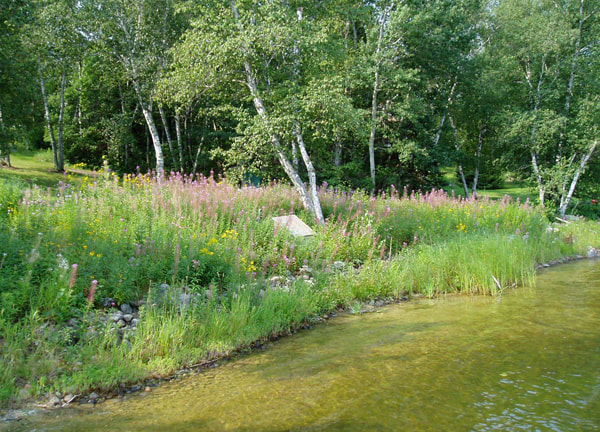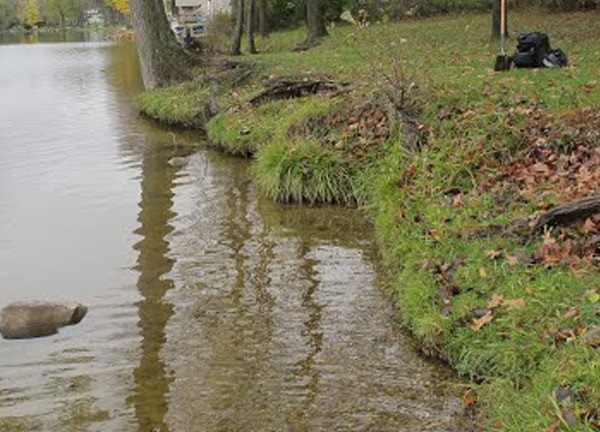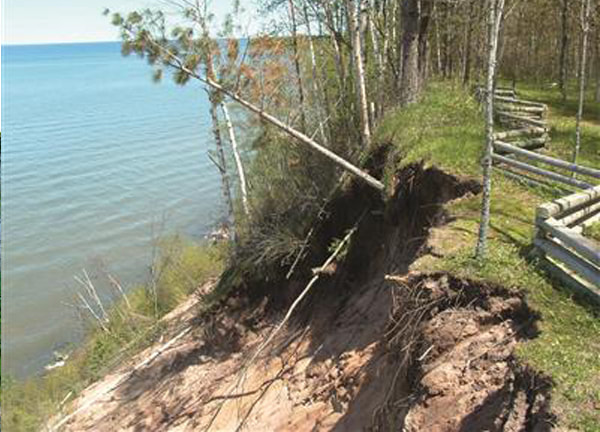Project Summary
During the summer of 2020, Tip of the Mitt Watershed Council conducted a shoreline survey on Walloon Lake. Since 2001, the Watershed Council has been tracking the shoreline health on Walloon Lake through various surveys. The surveys document conditions that could impact water quality, including the three biggest threats to inland lakes: nutrient pollution, habitat loss, and shoreline erosion. Within Walloon Lake’s Watershed, shoreline properties have a large connection to the surrounding landscape and can serve as the last line of defense for protecting water quality. Conducted on a parcel by parcel basis, survey results indicate lake areas have experienced increased human activity that might lead to poorer water quality. Some recent improvements have occurred, however certain areas already contributing to poor water quality are getting worse. Overall, the amount of development and alterations on Walloon Lake make it one of the highest risks lakes in Northern Michigan. Please visit the Michigan Shoreland Stewards Program (http://www.mishorelandstewards.org/) for more information on healthy lake practices along the shoreline.
For the full 2020 Walloon Lake Shoreline Survey Report, click here.
Below is a report highlighting greenbelt status, areas of erosion, and the presence of a bioindicator algae, known as “Cladophora“. Please scroll down for a map depicting survey results. A legend for each map layer is shown by clicking the arrow next to the checked layer. Scroll down for information on greenbelts, Cladophora, and erosion from the survey. To receive your unique score, please contact Walloon Lake Association and Conservancy at 231-535-6112.
Greenbelt Scores
Table 8. Greenbelt Scoring Chart.
Score | Length (%) | Depth (feet) |
0 | Absent | Absent |
1 | <10% | <10 |
2 | 10-25% | 10-40 |
3 | 25-75% | >40 |
4 | >75% | N/A |
Greenbelt ratings for the length and depth of the vegetation were summed to produce an overall score describing the status, or health, of the greenbelt. Scores of 0 were considered very poor, 1-2: poor, 3-4: moderate, 5-6: good, and 7: excellent.
Erosion Severity
L = Exposed soils, gullies up to 1″ deep. |
M = Exposed soils, gullies greater than 1″ but less than 6″ deep, and/or banks undercut by 6″ (minor slumping) |
H = Exposed soils, gullies greater than 6″ deep, and/or banks undercut by more than 6″ (severe slumping) |
Cladophora Density
To improve your stewardship, visit the Michigan Shoreland Stewards (MiSS) website. The MiSS program provides recognition for lakefront property owners who are protecting inland lakes through best management practices on their property and provides recommendations for improving your shoreline







